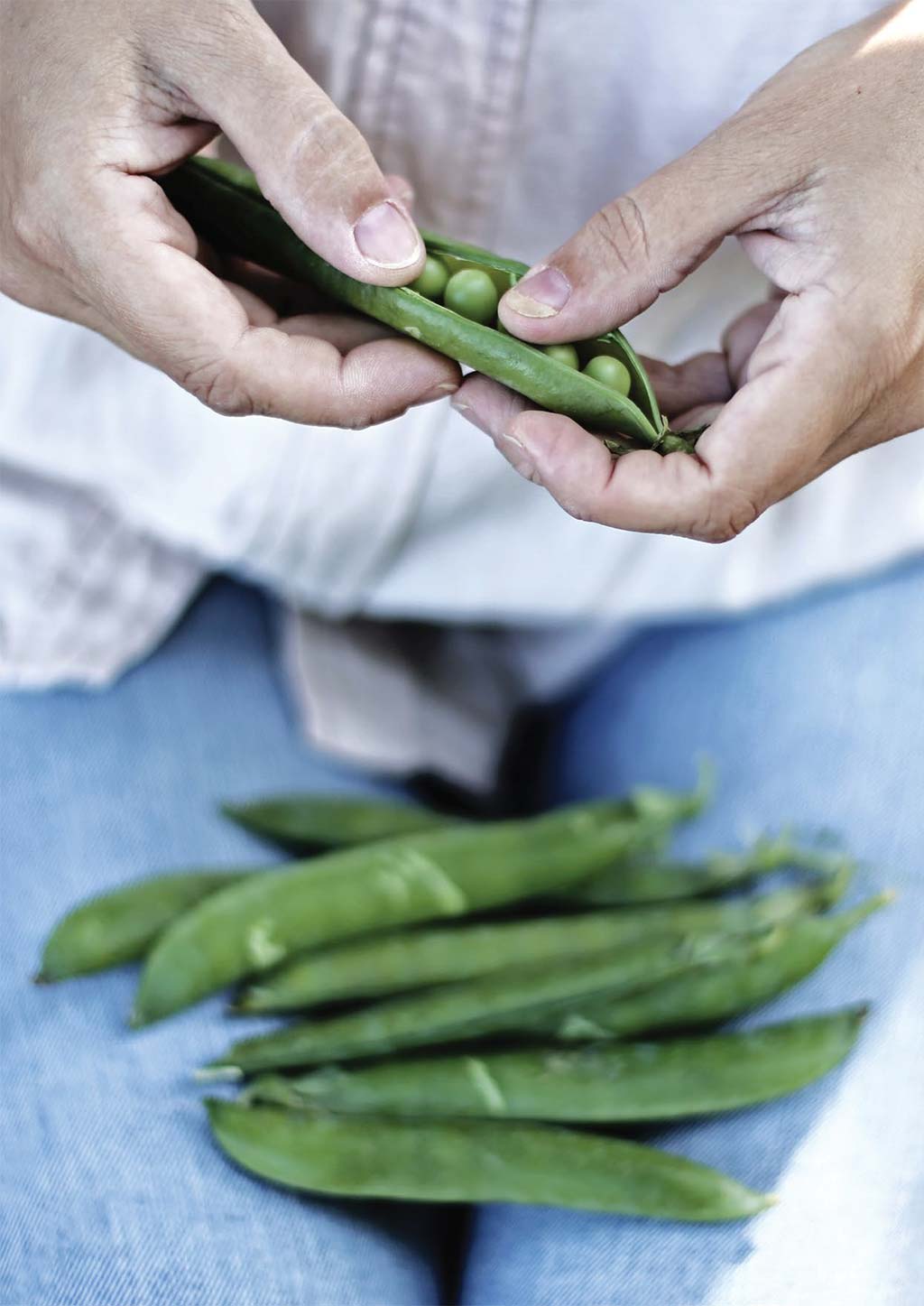Biting into a sweet, crunchy pea pod straight from the vine is a highlight of any gardener’s year. As diverse as they are versatile, the humble pea is a nutritious and easy-to-grow annual that deserves a space in every home vegie garden.
Peas belong to the Fabaceae family of flowering plants, grown for their pods and seeds for thousands of years. Domesticated in Egypt and the Middle East before spreading throughout Europe and Asia, evidence also suggests their pea-predecessors may have even been eaten by our Neanderthal ancestors. Aside from being delicious, peas are a great source of fibre and protein and are high in vitamin C, iron, potassium and magnesium, making it easy to see why they have been included in both ancient and modern diets.
Varieties
There are many pea varieties, commonly broken into two groups; peas with edible pods and peas which need to be shelled before eating. Within these groups, peas are either a bush variety – great for windy conditions and for growing in pots – or a climbing variety, which grow to two metres tall and require trellising or staking.
Shelling peas (sometimes known as garden peas) are a traditional pea and, unless picked very young, require the pods to be split and the peas removed for eating. They include varieties like Greenfeast (bush), Massey Gem (bush) and Purple Podded Dutch (climbing) which has pink flowers and deep purple pods that split open to reveal bright-green peas inside. There is even a curious variety of leafless pea, called Novella. This pea produces masses of tendrils instead of leaves and requires no staking as the tendrils use each other for support.

